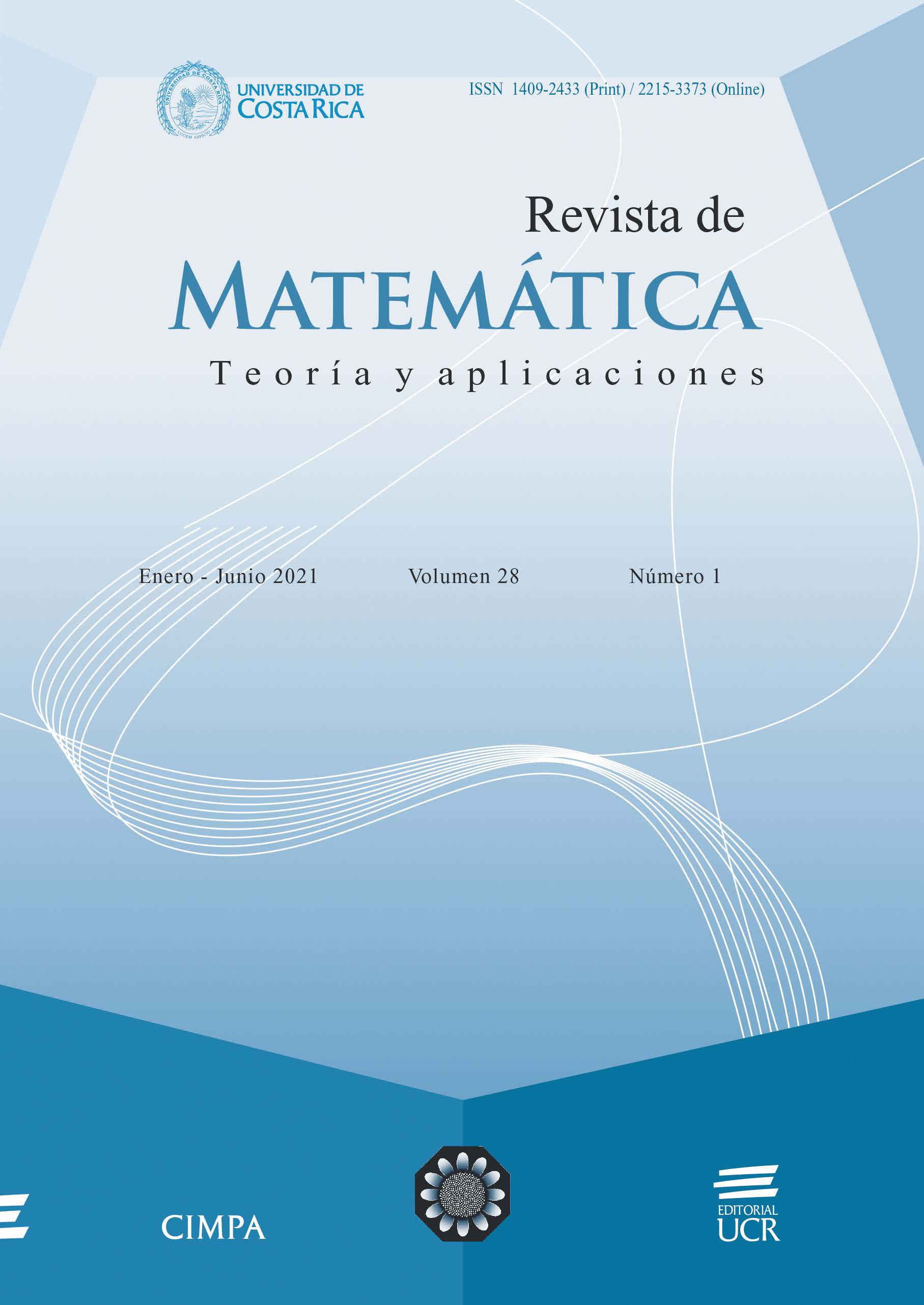Abstract
Accident and health insurance with differentiated premiums for homogeneous risk groups was analyzed. The estimation of these premiums on previous opportunities was in univariate form, which has the limitation that when there are risk groups with few observations, the results are very volatile and omit the information that could provide predictive variables. Therefore, it was decided to estimate the expected claims (which are an input in the premium calculation) with three multivariate models: ordinary linear, additive and mixed linear. Several were used in order to compare their forecasting capability. Performance was acceptable within both the fit and test samples in the case of ordinary linear and additive models with a difference of about 1% from the real data. Linear mixed could not make predictions for combinations of predictors not observed in the fit data.
References
A. Buja, T. Hastie, R. Tibshirani, Linear smoothers and additive models, The Annals of Statistics 17(1989), no. 2, 453–510. Doi: 10.1214/aos/1176347115.
J. Correa Morales, J. Salazar Uribe, Introducción a los modelos mixtos, Universidad Nacional de Colombia, Bogotá, 2016. En: http://bdigital.unal.edu.co/57330/1/introduccionalosmodelosmixtos.2016.pdf. Consultado el 07/09/2018, 10 a.m. Doi:10.1214/aos/1176344136.
M. Durbán, “Métodos de suavizado eficientes con P-splines”. Universidad Carlos III, Madrid, España, 2015. En: http://ciencias.bogota.unal.edu.co/fileadmin/content/eventos/simposioestadistica/documentos/memorias/MEMORIAS_2015/Cursillos/Durban_Metodos_Suavizado_P-spline.pdf. Consultado el 11/09/2018, 3:00 p.m.
J.J. Faraway, Linear models with R, no.1, Chapman & Hall/CRC, Boca Raton FL, 2004. Doi: https://doi.org/10.4324/ 9780203507278.
J.J. Faraway, Extending the linear model with R: generalized linear, mixed effects and nonparametric regression, no.1, Chapman & Hall/CRC, Boca Raton FL, 2006. Doi: 10.1201/9781315382722.
W.E. Frees, R.A. Derrig, G. Meyers, Predictive Modeling Applications in Actuarial Science: Predictive Modeling Techniques, Cambridge University Press, 1, 2014. Doi: 10.1017/CBO9781139342674.
W.E. Frees, R.A. Derrig, G. Meyers, Predictive Modeling Applications in Actuarial Science: Case Studies in Insurance, Cambridge University Press, 2, 2016. Doi: 10.1017/CBO9781139342681.
P. Ibarrola, “Gauss y la estadística”, 2017. En: https://fme.upc.edu/ca/arxius/butlleti-digital/gauss/060215_ conferencia_ibarrola.pdf. Consultado el 03/08/2019, 5:00 p.m.
K.H. Jensen, “Linear mixed effects models (lme)”, 2016. En: https://folk.uib.no/nzlkj/psychR/day4/04_lme.pdf. Consultado el 22/11/2018, 2:00 p.m.
A. Montesinos López, Estudio del AIC y BIC en la selección de modelos de vida con datos censurados, 2011. En: https://probayestadistica.cimat.mx/sites/default/files/PDFs/TE414MontesinosLopez.pdf Consultado el 14/10/2020, 7:00 p.m.
D. Nychka, “Splines as local smoothers”, The Annals of Statistics 23(1995), no. 4, 1175–1197. Doi: 10.1214/aos/1176324704.
J.G. Rubalcaba, Cosas que conviene saber al usar AIC, DIC y otros criterios de información, 2016. En: https://jgrubalcaba.wordpress.com/. Consultado el 14/10/2020, 8:00 p.m.





